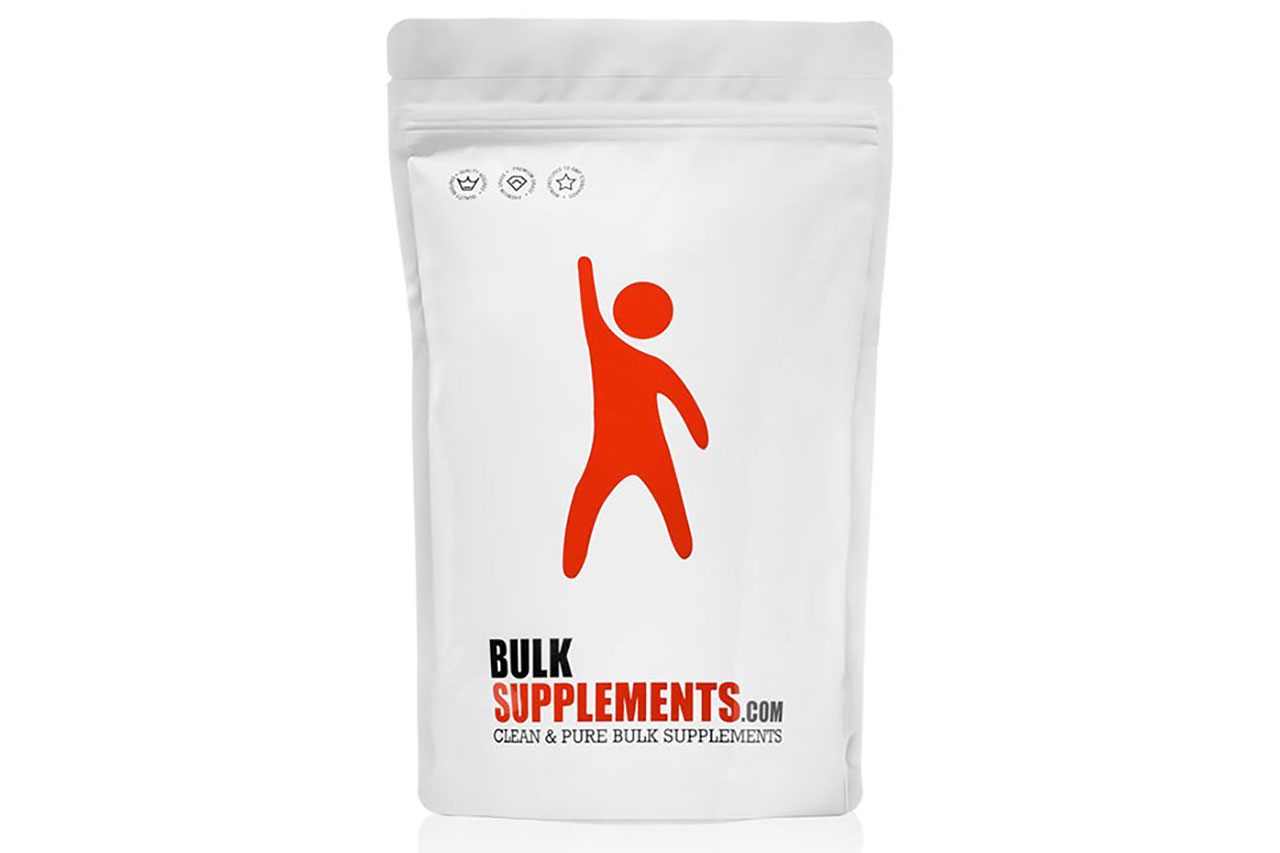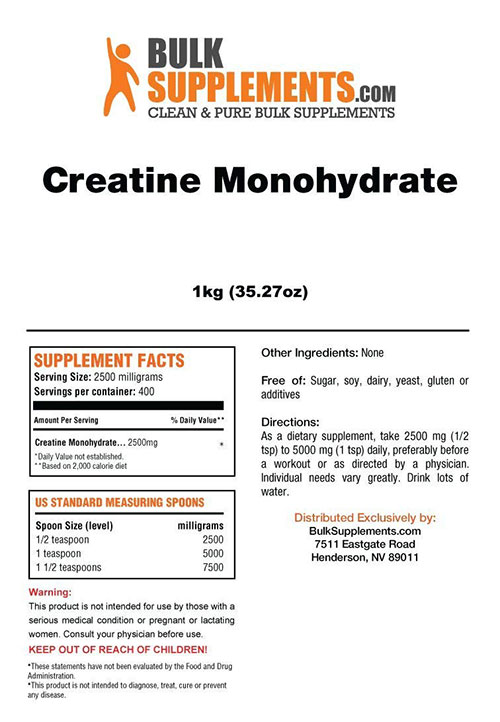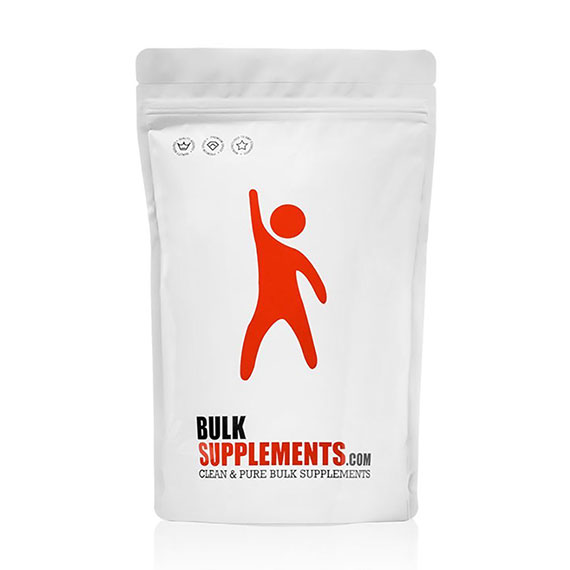Creatine is one of the most famous and effective supplements in strength sports. It is widely distributed and used because of the many benefits it can give to strength training athletes.
What Is Creatine?
Creatine was found in the early 19th century, as the first researches found out that its building blocks are the amino acids called arginine, glycine and methionine.
Obviously, our bodies synthesize creatine and there are usually about 100 to 120 grams of creatine in our bodies, in the form of creatine-phosphate.
Its main function is to support energy derivation of the cells.
What Is Creatine Used For And What Are The Effects Of Creatine?
Taking creatine stimulates the strength gain of the individual, which will therefore benefit the ability to do heavily intense workouts, which on its own terms will result in hypertrophy.
Body weight goes up due to the listed benefits above.
All these positive effects also lead to increased levels of motivation, which is always good for any athlete. Creatine is mostly applicable for strength/hypertrophy style of training.
Creatine is found in foods like calf meat, fish and salmon-Check our Baked salmon recipe here.
However, these meats contain roughly 5 grams of creatine per kilogram.
This means that if you want to achieve an actual effect, you have to eat kilograms of meat systematically for weeks.
So, that is where the inevitability of taking creatine takes place, if you want actual effect from the substance.
What Does Creatine Do To The Body?
Taking creatine as a supplement increases the concentration of creatine-phosphate in the organism.
This leads to adenosine-triphosphate in the body to increase, recover quicker and deliver energy to the muscles for longer periods of time.
So, an important note here- our bodies use adenosine-triphosphate (ATP) to deliver energy to the muscles. During this process, ATP breaks down to adenosine-diphosphate (ADP).
To prolong muscle activity, ADP turns to ATP again by binding to a phosphate molecule, which is derived from the creatine-phosphate compound in the organism.
Read our article on ATP here.
Proven Positive Effects For People
- Overall increase in creatine levels in the body
- Overall increase in strength in terms of working weights
- Hypertrophy stimulus
- Weight gain due to the gained muscle mass and water retained in the muscles
- These benefits lead to an emotional positive effect, which is expressed in higher levels of motivation
- Creatine leads to decreased exhaustion and increased endurance during intense workouts
- Creatine fights inflammation processes after intense workouts
- Improves cognitive functions
Types Of Creatine
There is a vast variety of creatine supplements that you can purchase, as this well researched supplements is one of the most effective products ever created and therefore, the market is flooded with options.
Here are some of the variations
- Creatine monohydrate
- Creatine malate
- Disodium creatine phosphate
- Buffered creatine, also known as kre-alkalyn
- Creatine citrate, etc.
This list of options is very limited, as there are at least twice as many on the market.
Some of them are even mixes of 3 or more creatine products.
So here comes the question below.
Which Option Is Most Effective?
With such a variety of products, it might be hard to choose the right product at times.
However, due to the fact it is a well-researched supplement, we have a definite answer to the question, that is- Creatine Monohydrate.
This creatine powder is recommended due to the fact it’s easily digestible for the body and also dissolves in water easily.
There are a couple of reasons as to why creatine monohydrate is the most effective product out there.
Most of the researches done on creatine have used monohydrate. All of the positive effects are proven for this type of creatine. This however, doesn’t mean the other options are not effective, but keep in mind that monohydrate is the best option.
- This form of creatine is proven to be safe, with little to none significant side effects.
- Some of the other forms of creatine are proven to have little to none visible positive effects, and might even be toxic to a certain extent.
- Creatine monohydrate is also the cheapest option on the market.
Side Effects Of Creatine Monohydrate
As we mentioned, creatine monohydrate is considered safe, within the recommended dosages (Of course, excessive quantities will be toxic for the inner environment).
There are still myths revolving around creatine monohydrate, but most of them are hoaxes from competitive companies that try to sell different products.
Recommended Creatine Dosages
Creatine monohydrate dosages depend on the person, but usually up to 5 grams a day would be enough.
When To Take Creatine
Creatine can be taken at any time of the day- In the morning, at launch or even in between meals and after workout.
The only exception is before a workout. It is recommended to avoid this.
It would be most convenient and effective to take your dose of creatine with your breakfast.
This way, it will become a habit and you won’t have to worry about it throughout the day.
You can mix it with water, juice, milk, or even your protein shake.
Creatine Loading Phase
The second option for people who take creatine for the first time is to do a creatine loading phase, which means the individual would consume 20 grams of creatine a day (4 doses of 5 grams) for up to 7 days.
The only plus to this is that the positive effect will show up faster, due to the fact the body gets literally flooded with creatine.
This is a manufacturer recommendation which also brings them massive profits, for obvious reasons.
Either way, the end result will be the same, the only difference would be in the money spent on the product and the time elapsed to reach the desired effect.
How Long Should You Take Creatine?
The most common way of taking creatine is cycling it.
So, for example you would start off with 2 months of 5 grams a day, then 1 month off.
Intervals may vary according to the individual’s plans, but the rest period from creatine should be at least a month, simply because that’s how long it takes the organism to return creatine levels back to normal.
There is no scientific data that supports side effects during prolonged periods of creatine intake, meaning that you can have no rests at all if you don’t take it in excessive quantities.
However, always keep in mind that you will be on the healthier side if you take a rest from the substance every now and then.
What About Other Types Of Creatine
Monohydrate supposedly has little to none effectiveness for some people (a small percent of all users) or even causes stomach discomfort when taken at high doses (This is why the loading phase is not recommended)
We mentioned that some other options are not effective and others are even toxic. However, many people report actual positive effects from them.
This leads us to the conclusion that most of the times it is very subjective, so, start off with monohydrate and eventually find your best option amongst the sea of possibilities.
Which Other Supplements Contain Creatine?
Some other products on the supplement market also contain creatine, as it is a highly effective, affordable substance which works well for strength athletes.
It is added in protein powders, recovery supplements, gainers, amino acid complexes and pre-workout supplements.
In conclusion– Creatine is not magic, it interacts with the organism and leads to many positive and little to none side effects if taken in appropriate dosages.
MeanMuscles Recommendation: Creatine Monohydrate Powder Micronized By BulkSupplements
Creatine Monohydrate Powder Micronized by BulkSupplements
(1 Kilogram) | 99.99% Pure High Performance Formula | Pre/Post Workout Bodybuilding/Crossfit Supplement



